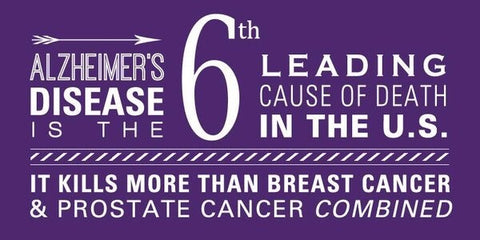by Angie Miller

There’s no better time than Monday morning to challenge your body and brain with a time efficient, circuit style workout that will target every muscle in your body. The exercises, from my Crave Results DVD, are fun and functional. They’re designed to work multiple muscle groups, boosting your metabolism and making you stronger for everyday activity.
Equipment: All you need for this full body toner is your body weight, one dumbbell, and a resistance band.
EXERCISE ONE: Squat
Targets: glutes, quads, hamstrings and core muscles

Start position: Stand tall with your feet hip-distance apart. Secure the resistance tube under your feet and hold the handles at shoulder height.
Movement: Bend at your knees as if sitting back into a chair. Stop when your buttocks are parallel to the floor, then slowly extend your legs and come back to standing. Be sure to keep your core engaged, torso long and knees behind your toes. Look straight ahead and keep your head in line with your spine.
Perform: 16 repetitions
EXERCISE TWO: Single-Arm Bent-Over Row
Targets: back, arms and shoulders

Start position: Place one end of a resistance tube under your left foot and hold the other end with your right hand. Step back with your right foot and place your left hand on your thigh for support. Create enough resistance with the tubing so there is no slack. Hinge forward slightly and stabilize your core by contracting your abs and back.
Movement: Start with your arm extended and slowly drive your elbow up and back toward your ribs. Focus on squeezing your upper back muscles as if you were trying to move your scapula toward your spine, or "place it in your back pocket." Then lower your arm until it is fully extended and repeat. Be sure to keep your arm close to your body throughout the exercise. To avoid hyperextending, stop when your palm is flush with your body and try to avoid any hip movement.
Perform: 16 repetitions on each side
EXERCISE THREE: Reverse Wood-Chop
Targets: core muscles, glutes and legs

Start position: Stand tall, holding a dumbbell horizontally between your palms at chest level. Abs are engaged and torso is long.
Movement: Begin with a squat, bending your knees as if you were sitting back into a chair; stop when your buttocks are parallel to the floor. As you squat, rotate your torso, bringing the weight outside your hips. Then extend your legs and drive the weight above your head as you come back to center. Maintain control of the movement and avoid swinging the weight. Focus on maintaining a strong, stable core, and rotating your torso rather than your hips.
Perform: 16 repetitions on each side.
EXERCISE FOUR: Core Chiseler
Targets: chest, arms, shoulders, abdominals, back and obliques

Start position: Using a mat or a towel, begin in prone (plank) position, on your knees or your toes, with your hands placed directly below your shoulders or slightly wider than shoulder-width apart.
Movement: Keeping a strong center, bend your elbows and lower your body, bringing your chest as close to the mat as possible, then push back up to plank by slowly extending your elbows and straightening your arms. Focus on keeping your center tight so that your bottom doesn't drop, causing your lower back to sway. Be sure to keep your head in line with your spine and avoid "head-butting" the mat.
Next, turn your body and open up into a side plank position, making sure your support hand is directly below your shoulder. Avoid dumping weight into your shoulders and consider placing your bottom knee on the floor at a 90-degree angle for additional support. Throughout the movement, brace your core by engaging your abdominals and lower back and holding your center tight.
Come back to plank position, then turn your body and open up into a side plank position facing the opposite direction.
Perform: 4 total repetitions. Rest and repeat.
If you enjoyed this circuit, and you’re interested in more functional exercises that include balance challenges, check out Crave Results. Balance is one of our body's natural resources that we depend on for stability, and our core is our center of gravity. The stronger and more stable our center of gravity, the more efficient and controlled all of our movements will be.
Angie Miller, M.S., is a fitness educator, university instructor, and Licensed Professional Counselor who blends her skills and expertise to empower individuals, mentally and physically, and provide them the tools they need to succeed. A veteran group exercise instructor and personal trainer, Angie is the star of acclaimed exercise DVD’s, including the Bedroom Body™ workout. Her passion for progressive education brought her to Northern Illinois University, where she teaches in the Dept. of Kinesiology & Physical Education. Outside of the university, she presents at fitness conventions worldwide and leads industry trainings as an AFAA Certification Specialist and Kettlebell Concepts Master Instructor. Angie writes for fitness journals and digital communities, and blogs for Collage Video. Connect with Angie at: http://www.angiemillerfitness.com



















